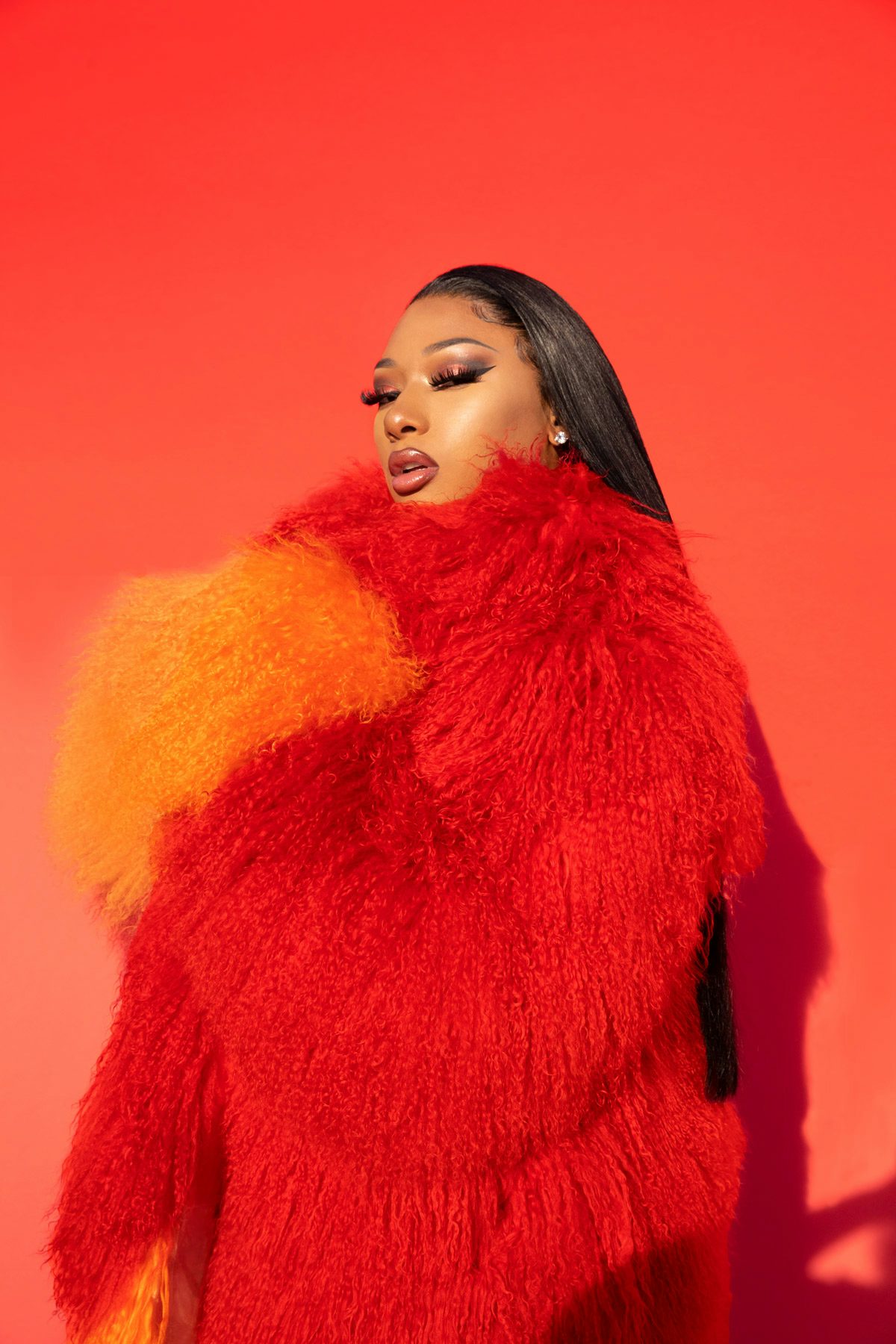Exposure: Arielle Bobb-Willis
In the latest in a regular column for CR, art director Gem Fletcher highlights the work of Arielle Bobb-Willis, who uses the materiality of the human body as a lightning rod for the expression of deep emotion
At first glance, Arielle Bobb–Willis’ photographs are a cacophony of colour and texture, but tension quickly reveals itself in her work. It has a sense of -discomfort; anonymous, flowing contorted figures are shown often isolated and exposed. Her work uses the materiality of the human body to express her deepest emotions. “I think we all feel that tension sometimes – the desire to move past something negative you’ve experienced in your life. It’s a universal feeling.”
In 2009, Bobb-Willis – a teenager at the time – moved with her family from Manhattan to the one-horse town of Aiken, South Carolina, after her mother remarried. This transition from urban to rural life triggered a five-year depression as she longed to be back in a world that was familiar. Photography became a refuge, a space where she could be free and process the mental health challenges she was enduring. “With depression, you’re stuck in the past, and with anxiety you’re constantly thinking about what could happen in the future. -Photography allowed me to -focus on the moment,” she says.
“Shooting is different for everyone, but for me it’s a time where I can be myself fully. I don’t give myself any limitations. For so long, depression created these imaginary limits on who you can be and what you can do, but photography gave me the confidence to be whatever I want.”













